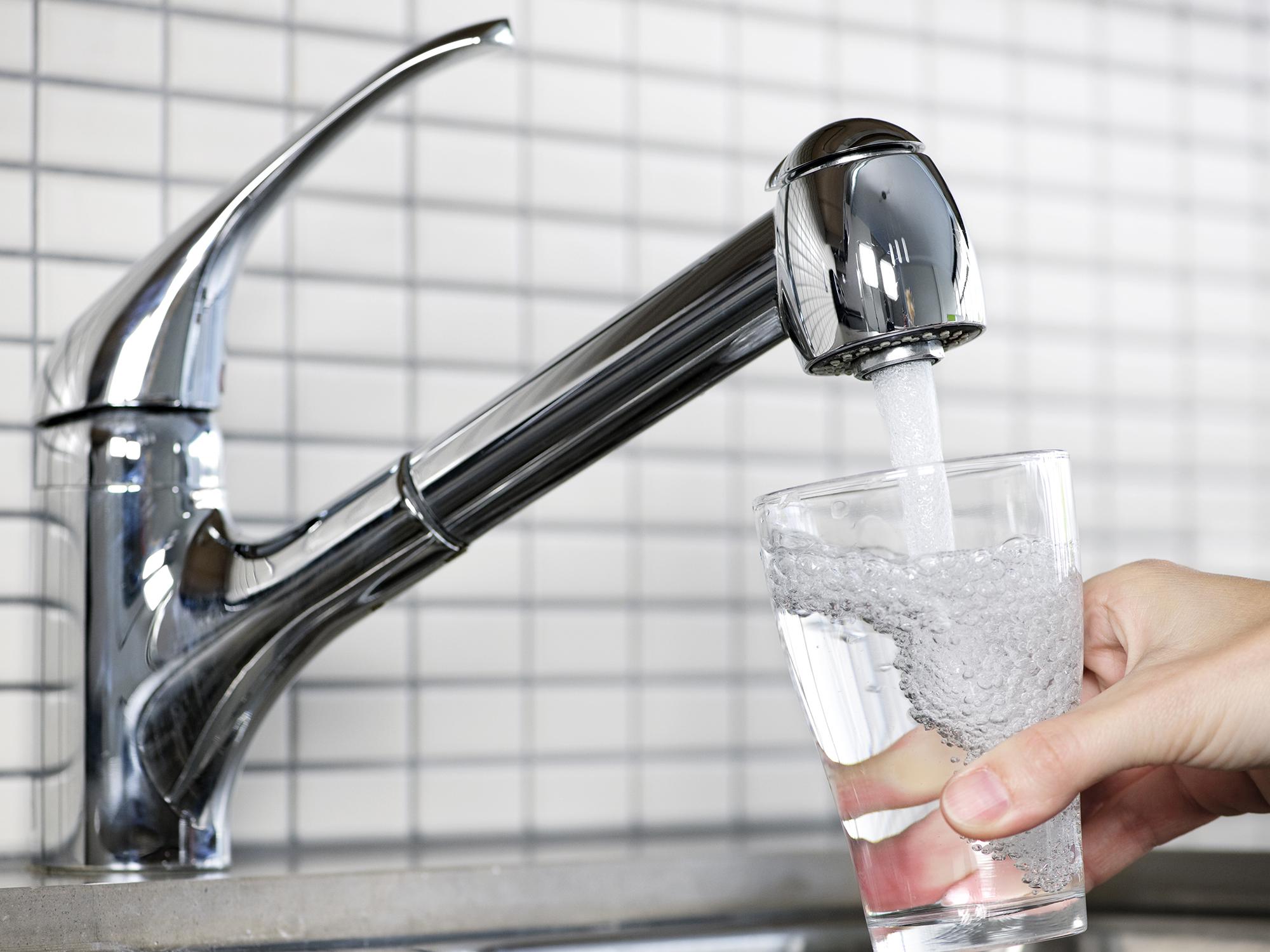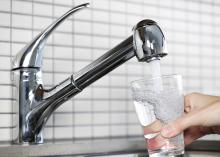Information Possibly Outdated
The information presented on this page was originally released on August 2, 2018. It may not be outdated, but please search our site for more current information. If you plan to quote or reference this information in a publication, please check with the Extension specialist or author before proceeding.
MSU Extension promotes steps to reduce lead in water
STARKVILLE, Miss. -- Practical actions that can reduce lead in drinking water are highlights of a recently concluded multistate project.
Jason Barrett is an assistant Extension professor in the Mississippi State University Extension Center for Government and Community Development. He partnered with the Environmental Defense Fund and groups in Illinois, Michigan and Ohio for a pilot program testing lead in child care facilities.
Based on the results, Barrett offered suggestions for reducing exposure to lead. Allow faucets to run for at least 5 seconds to clear water left in the pipes overnight. Use water from the cold tap for cooking. Flush hot water heaters once a year according to the manufacturer’s instructions to drain accumulated lead particles.
“Young children are particularly vulnerable to lead exposure because their brains are still developing,” Barrett said. “Very few states require child care facilities to test for lead in the water used for food preparation and mixing formula. This project gave us an opportunity to check facilities for lead levels and get greater insight into ways to address the problem.”
Barrett said the project yielded some expected results and some surprises that warrant further investigation.
“The readings taken from tap water confirmed that the ‘first pour’ from the faucet in the morning has a higher lead content than after the tap has been allowed to run for 5 or 30 seconds,” he said. “Even when community water systems are complying with the rules and regulations for water quality, they can’t control the plumbing and faucets within homes and businesses, so people need to be proactive.”
Water sitting in the pipes overnight leaches lead. Allowing water to flow out pushes fresher water into the system.
The project found that water heaters accumulate high concentrations of lead -- an unexpected finding. While at participating child care facilities, team members decided to check water heaters as a potential source of lead.
“The lead readings from the samples pulled from water heaters were significant, so we started flushing and retesting,” Barrett said. “We suspect that lead particulate settles at the bottom of the tank and stays there. Most water heater manufacturers recommend flushing the tank once a year to extend the life of the product, but doing so will also reduce the amount of lead sitting in the tank.”
Few states have regulations for lead testing in child care facilities, even though young children are particularly vulnerable. Mississippi does not currently require child care facilities to test drinking water for lead.
Lindsay McCormick, chemicals and health project manager for the Environmental Defense Fund and lead author on the project’s report, said formula-fed infants are most at risk of harm from exposure to lead in water.
“Despite this, much of the national attention has focused on lead in schools,” McCormick said. “We hope the results of this project will motivate child care facilities to test their water for lead.”
McCormick said the best long-term solution is to remove lead sources, including replacing lead service lines -- lead pipes connecting the main under the street to a building -- and lead-containing fixtures.
“But short of removing lead sources, all child care facilities can reduce lead in drinking water by taking a few practical steps, such as running the tap before use and avoiding using hot water. We also recommend avoiding using utility sinks and outdoor hose bibs for drinking.”
The team published their findings in “Putting children first: Lead testing in drinking water at child care facilities,” which is available online at http://bit.ly/2KzkGz8.
Dr. Jason Barrett shares three research-based steps to reducing lead in drinking water.










